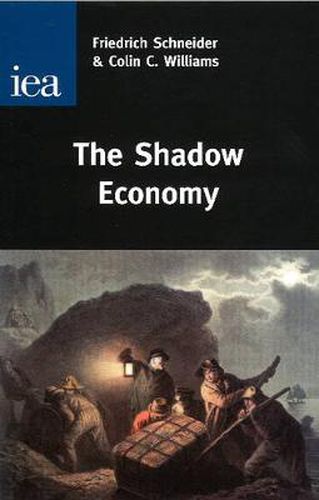Readings Newsletter
Become a Readings Member to make your shopping experience even easier.
Sign in or sign up for free!
You’re not far away from qualifying for FREE standard shipping within Australia
You’ve qualified for FREE standard shipping within Australia
The cart is loading…






Measurement of the shadow economy is notoriously difficult as it requires estimation of economic activity that is deliberately hidden from official transactions. Surveys typically understate the size of the shadow economy but econometric techniques can now be used to obtain a much better understanding of its size. The shadow economy constitutes approximately 10 per cent of GDP in the UK; about 14 per cent in Nordic countries and about 20 - 30 per cent in many southern European countries. The main drivers of the shadow economy are (in order): tax and social security burdens, tax morale, the quality of state institutions and labour market regulation. A reduction in the tax burden is therefore likely to lead to a reduction in the size of the shadow economy. Indeed, a virtuous circle can be created of lower tax rates, less shadow work, higher tax morale, a higher tax take and the opportunity for lower rates. Of course, a vicious circle in the other direction can also be created.
$9.00 standard shipping within Australia
FREE standard shipping within Australia for orders over $100.00
Express & International shipping calculated at checkout
Measurement of the shadow economy is notoriously difficult as it requires estimation of economic activity that is deliberately hidden from official transactions. Surveys typically understate the size of the shadow economy but econometric techniques can now be used to obtain a much better understanding of its size. The shadow economy constitutes approximately 10 per cent of GDP in the UK; about 14 per cent in Nordic countries and about 20 - 30 per cent in many southern European countries. The main drivers of the shadow economy are (in order): tax and social security burdens, tax morale, the quality of state institutions and labour market regulation. A reduction in the tax burden is therefore likely to lead to a reduction in the size of the shadow economy. Indeed, a virtuous circle can be created of lower tax rates, less shadow work, higher tax morale, a higher tax take and the opportunity for lower rates. Of course, a vicious circle in the other direction can also be created.